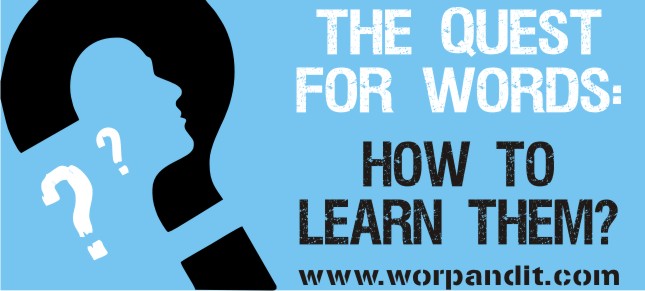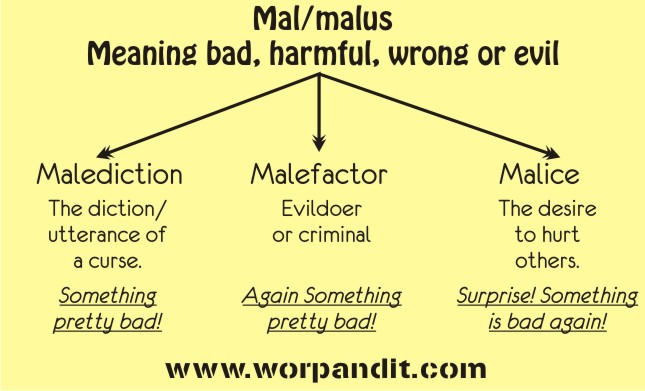It is a challenge to expand one’s vocabulary. And it gets particularly challenging when one sees the plethora (meaning ‘extreme excess’) of options to study vocabulary from.
In this article, our objective is to synthesize (meaning ‘to combine or cause to combine into a whole’) the best of these options and form the best possible approach to learn new words and enrich (meaning ‘make wealthy or richer’) our learning quotient.
The methods we will cover in this article shall include every possible approach that can be used to learn words, and these shall include the oldest of methods to the latest possible innovations in learning.
Method 1: Contextual vocabulary
This is the most used method of learning words, and is in fact part of our intrinsic (meaning ‘belonging to a thing by its very nature’) learning experiences ever since our childhood. Let’s learn a few words using this method and today’s New York Times. The following are sentences that appear in today’s New York Times.
| Sentence | Word | Meaning |
| To lure business, some states are offering a refuge from rules, especially those requiring companies to set aside enough money to pay future claims. | Lure | Lure means to tempt or attract with the promise for reward. In this example, companies are being lured b different states by giving them special benefits. |
| The Israelis and Palestinians are not going to break the stalemate on their own. | Stalemate | We all know that Israel and Palestine have been locked in battle since time immemorial. A stalemate is a situation in which no progress can be made or no advancement is possible |
These are two examples of learning words through the context they appear in. The more you read, the more such contexts you discover. And the more contexts you discover, the more you learn. So the effectiveness of this method comes down to your reading habit.
Method 2: Learning through Word Roots
Like all things on this planet, words also have an origin story. They come from all sorts of places: the land of the Greeks and Romans, through the Indian Subcontinent and through any possible reference in the past that is filtered to the present.
Let’s learn a few words though roots.
The root ‘mal/malus’ signifies anything bad, wrong or evil. And if we look closely, each of the above words has a quotient of bad added to it.
Read further on malediction here: http://wordpandit.com/malediction/
You can learn words through this method on the section: Word Origin Section
Method 3: Learning through Word Stories
Along with roots, words at times carry wonderful anecdotal (meaning ‘having the characteristics of a short story’) stories of origin. These stories can also help an individual to learn words. For example, lets learn the origin story for the world desultory.
Origin Story for the word Desultory:
Desultory is one those deceptive words which has a quite a surprising story of origin.
Remember, desultory has nothing to do with weather. The word in question in that regard is sultry, which means Characterized by oppressive heat and humidity.
Desultory originated in the Roman era, in the playing fields of Roman circuses. The performers, going by the name of desultors, used to jump from one horse to another in mid-scream. So, now when we say that conversation between women generally is desultory in nature, all we mean is that the conversation can be quite disconnected and haphazard, flitting from one topic to another.
Desultory comes from the root family SULT (which is used in a variety of forms such as SAL, SIL and even SAULT). This family means ‘to jump or leap’. So when you insult someone, basically you are ‘jumping on him’ (meaning showing someone down). If one is resilient, then one has the tendency to jump back to the original state. And is one is exultant, then one ‘jumping out of one’s skin with joy’. And an easy one in this family, somersault means to jump or leap while turning heels over head without touching the ground.
Read further on: http://wordpandit.com/desultory/
You can learn words through this method on the section: http://wordpandit.com/word-origin/
Method 4: Learning through Pictures and movies
They say pictures speak a thousand words. Just like the one below:
Words can be easily learnt through this method of associating words with images. In fact, this is method of learning that we have used since our childhood.
You can easily explore the net for such photographs. You can also learn words through this method on the section: Visual Vocabulary Section
You could also relate words with videos and advertisements. To use this method, explore the section: YouTube Vocab Section












Best website ever!!! Thank you so much guys
Thanks a lot Alira..:)
Really pleased you like Wordpandit..:)
Continue to use the website and make sure you follow all our updates..:)
Happy Learning
Wordpandit
1 month over
but link couldnt updated……….same error that no result found
Hey thanks for the input Prabhat. All the links are working now. We missed updating this page.
No Results Found
The page you requested could not be found. Try refining your search, or use the navigation above to locate the post.
When I click on the links it shows the above error. Please provide me the links
Thank you
Hey Rajendra, thanks for the input. These links have changed. I will update these tonight,
Thanks for your effort.
simply awesome material I’m really thankful for this material thank u so much 🙂
Thank you so much for your efforts to all this content online.
This is not only time saving it also provides direction on how to study and chunk of study material which has to be consumed.
Since I have only 2 months left, I am doing 2 Days material in 1 day to compensate.
Thanks Word Pandit. You guyz are awesome.
I appreciate uR hard work. Please correct the spelling errors. Thanks
Hi Hawk
We are aware of the spelling mistakes, and are actually quite worried about the typos on the website. We have formed a new editing schedule, and would be going through all the pages on the website very very soon.
Regards
Prashant
nice article